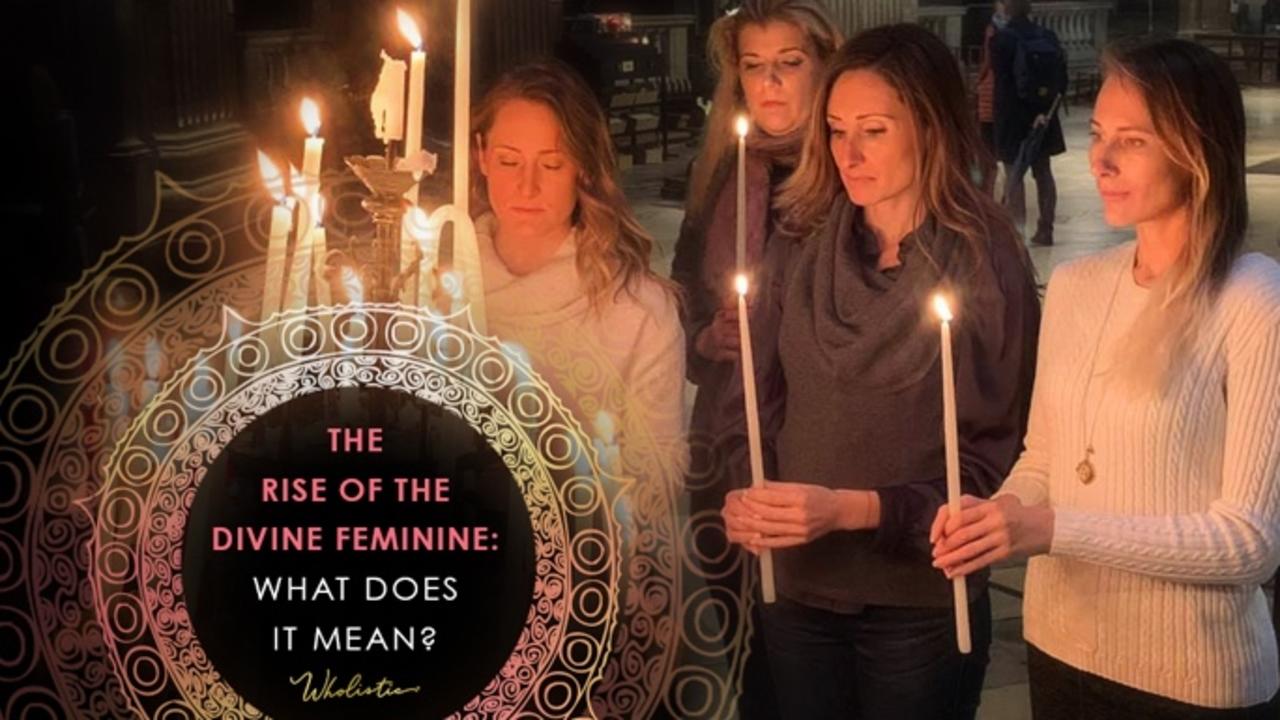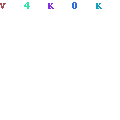

For the Kabbalists, Shabbat or the Sabbath was likened to a bride or a queen, which is also related to the settling or indwelling of the Shekhinah. The Shekhinah is the tenth of the Sefirot or emanations of G-d, which is also called Malchut. The Shekhinah also plays an important role in Kabbalah or Jewish mysticism and most specifically in the teachings of Rabbi Isaac Luria, also known as the Holy Ari, who lived in Safed, Israel in the sixteenth century. The Shekhinah is with those who are sick and is mentioned in the Angel’s Blessing which is a part of the Bedtime Shema.

The Shekhinah dwells with a person while they are praying, studying sacred text or while doing any number of positive mitzvot which bring joy, including dwelling in the Sukkah, the temporary booth that Jews dwell in for the Sukkot holiday which occurs in the fall. In other words, the Shekhinah is made manifest or felt in those moments when a person feels closest or most deeply connected to G-d. The Shekhinah is considered to be what allowed the prophets to prophecy and what allowed David to compose the Book of Psalms. This is particularly interesting in light of the fact that the Talmud was codified and redacted in the centuries following the destruction of the Second Temple in Jerusalem and the resulting dispersion of the Jewish people throughout the world. One of the most beautifully moving references to the Shekhinah is in Tractate Megillah, 29A, which says that the Shekhinah went with the Jewish people whenever and wherever they were exiled. The Shekhinah is believed to dwell or be made manifest not only in the Mishkan, the Tabernacle which the Children of Israel traveled with throughout their forty years in the desert, and the Holy Temples in Jerusalem, but is also present when a minyan, a quorum of ten adult Jews is gathered for prayer, as well as when a Bet Din (rabbinic court consisting usually of three dayanim or judges) is gathered. The Babylonian Talmud or Talmud Bavli contains numerous references to the Shekhinah. The Shekhinah is an important Talmudic as well as Kabbalistic term. Many contemporary feminists and others in search of the Divine Feminine in a Jewish context have focused upon the Shekhinah as she is portrayed in classical Jewish texts and have also explored the meaning or significance the Shekhinah has for their own lives. In the Jewish tradition, the Shekhinah, which derives from the Hebrew root meaning “to dwell or settle,” is most commonly used to refer to G-d’s Divine Presence, particularly in the Mishkan or Tabernacle, as well as the Holy Temples in Jerusalem.ĭue to the fact that Shekhinah is gendered feminine in Hebrew, many believe that it also represents G-d’s feminine attributes, or the feminine attributes of the Divine Presence. There exists within many, if not most, religious traditions and spiritual systems some notion or conception of the Divine Feminine, and Judaism is no exception. A version of the following article was originally posted at.


 0 kommentar(er)
0 kommentar(er)
